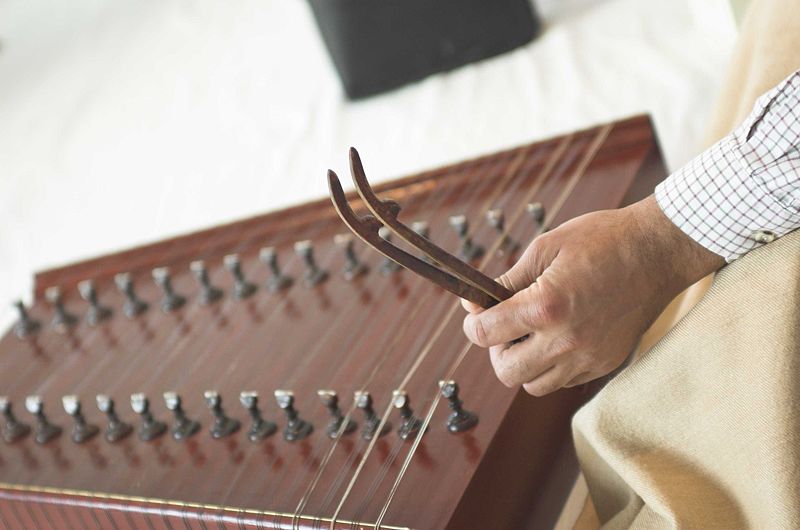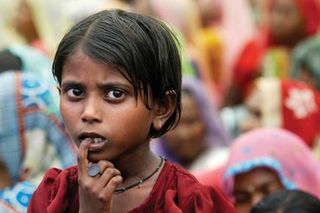Kainaat Mushtaq
SRINAGAR: Kashmir may soon have nothing left of its rich, 600-year-old, music and dance drawn from the mystic Sufi traditions, musicologists warn.
The haunting melodies and sensual dances brought to the idyllic Himalayan valley down from Central Asia in the 15th century are fast dying out, they say.
“Sufiyaana Mauseeqi or the music of the Sufis is on the verge of extinction,” says Mohammad Yaqoob,Sheikh a Sufiyaana music teacher.
“We have already lost 138 of the 180 ragas or melodies referred to in the ancient scripts, as well as some dances of antiquity.”
The surviving 42 melodies were preserved by a Kashmiri musicologist, Sheikh Abdul Aziz, in his monumental four-volume notation- “Kashur Sargam” meaning Kashmiri melody.
The crisis facing the arts in Kashmir worsened during the conflict between separatists and security forces, which erupted over two-decades ago and has claimed tens of thousands lives.
Many of the instruments used in the Sufiyaana Mauseeqi- a style of choral music performed by four to five musicians, each playing an instrument and singing- are also extinct.
Saaz-e-Kashmir, a violin-like instrument has only one living exponent left in the entire valley; Ghulam Mohammed Saznawaz.
Saznawaz blames the disappearance of the arts on “carelessness of rulers” and the gradual lack of “official patronage”.
He explains that the tradition of verbally passing down melodies from generation to generation, without a formal record, also contributed to the disappearance of many Kashmiri art forms.
“With the passage of time, we lost a precious part of our culture,” Saznawaz says.
The only surviving instruments are the stringed Santoor, Kashmiri Sitar and the Dhokra, a percussion instrument.
The malaise has even touched dance.
‘Haafizaas’
Haafizaas or female dancers disappeared from the Kashmir cultural scene in the late 1940s.
Rehana Khan, who teaches music in a Kashmir school, says the Haafiza tradition was hurt by reports in the 1940s linking the dancers to prostitution.
She has tried to revive the Haafiza with help from her students in Jammu, winter capital of Jammu and Kashmir.
“I’m trying because it is not (too) late. The classical dance form can still be saved,” Khan said.
The musicians say the authorities and the spread of modern culture from the West and from mainland India through television also threaten the survival of its arts.
“Kashmiri music was never encouraged by Indian cultural agencies,” Khan says.
Mohammad Subhan, a musician, says, “Even the dance form of Manipur- India’s tiny north-eastern state- receives more help from New Delhi.”
“Why not Kashmir?” he asks.
The last word comes from Saznawaz, a 70-year-old maestro of the Sufiyaana Mauseeqi.
“I have nothing to say, I feel guilty I could not save this rich music,” murmurs Saznawaz, who starts singing softly a famous Persian verse.
“Saaqiya Bar Kheez Dard-e-Jaam Ra. Khaak Bar Sar Kun Gham-e-Ayyaam Ra.” (O Saqi pour the wine into the glass, and throw dirt on the days of sorrow.)
Also Read: Kashmirs music tunes up with conflict sorrows
Also Read: Dying breeds rock musical attempt to heal Kashmir wounds










